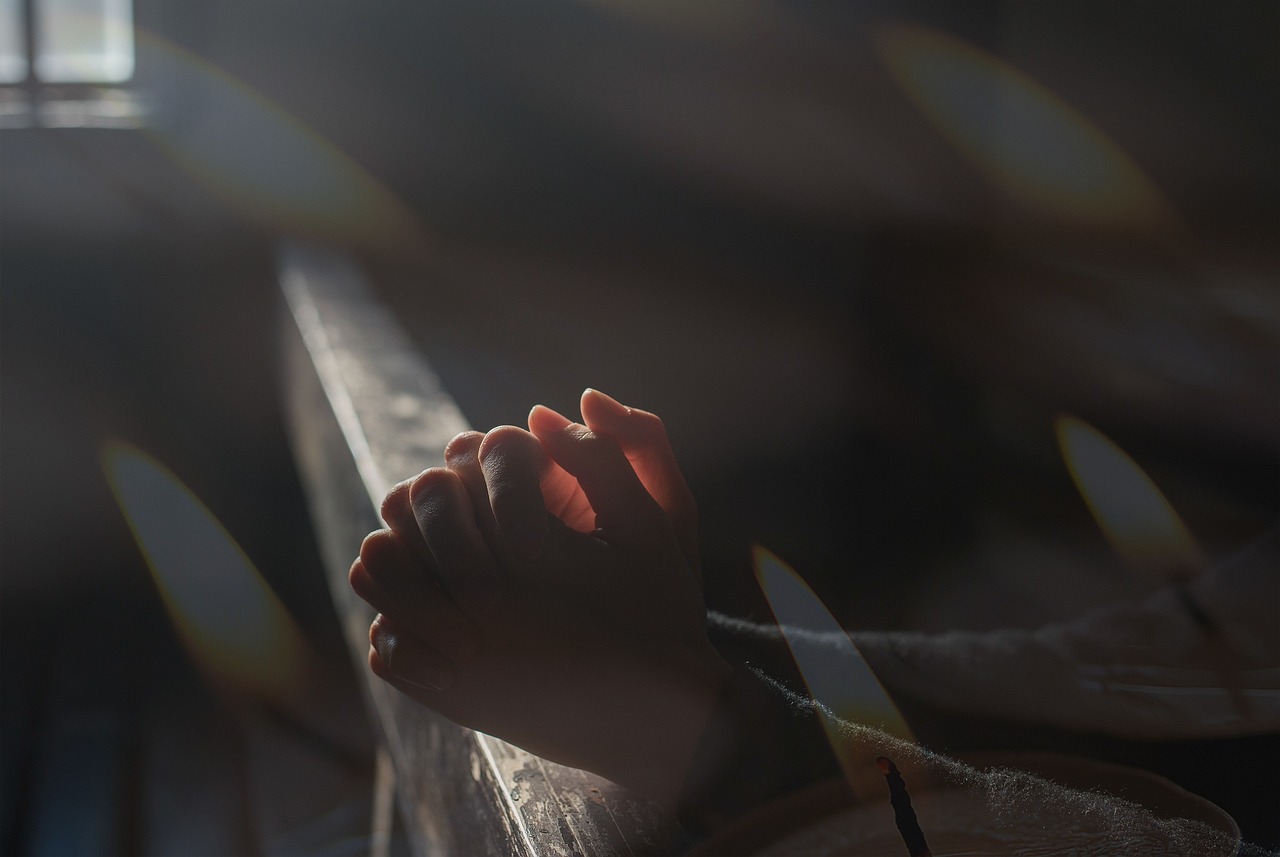
Today is May 1st and on this day in history, Americans prepare to observe the National Day of Prayer, which will be held on the first Thursday of May. The observance began in 1952 when Harry Truman, feeling the weight of a world recently torn by war and facing the threats of the Korean conflict, signed into law a resolution designating a National Day of Prayer. In 1988, during the Reagan administration, the law was amended to permanently set the day as the first Thursday of May. There’s something particularly human about turning skyward when the ground beneath feels uncertain.
Morning light breaks over the eastern seaboard, and already people gather in town squares, in school gymnasiums, under office fluorescence. Heads bow by the thousands, a silent choreography playing out in pockets across the continent. The words differ – some formal and rehearsed, others stumbling and raw – but the gesture remains the same: a collective admission that we don’t have all the answers.
The Capitol steps have seen it all – protests, celebrations, inaugurations – but today they host whispers. Political opponents who yesterday hurled barbed words now stand shoulder to shoulder, momentarily shedding their partisan armor. For a brief window, the hard lines of division grow soft around the edges.
Think about that for a moment – a nation built on the separation of church and state that still sets aside a day for national prayer. The contradiction speaks to our messy human need for both rationality and mystery, for both constitutional clarity and spiritual comfort. We contain multitudes, as Whitman knew.
In small-town America, the flags hang motionless in the spring air. A farmer in Kansas looks up from his fields, dirt embedded in the creases of his palms. A surgeon in Boston washes her hands before the day’s first procedure. A teacher in Oregon opens classroom windows to let in birdsong. As the law states, people “turn to God in prayer and meditation at churches, in groups, and as individuals.” Different prayers rise from different lives.
The philosopher would ask what it means that we’ve institutionalized something so deeply personal. The historian might point out how prayer has both united and divided us through centuries. But maybe the more interesting question isn’t about the prayers themselves but about the pausing. In a culture of constant motion, we’ve carved out time to stop.
Whether whispered from genuine faith or mumbled out of civic duty, these national prayers mark our calendar and remind us of our smallness. Like ancient stargazers watching celestial movements too vast to comprehend, we measure our days against mysteries that exceed our grasp.
The sun will set on this day of prayer, and tomorrow the nation will return to its arguments, its commerce, its ordinary concerns. But perhaps something lingers in the spaces where we paused – questions asked but not answered, hopes voiced but not yet realized. The true power may not be in the prayer itself, but in the moment we acknowledged we can’t go it alone.
Leave a Reply